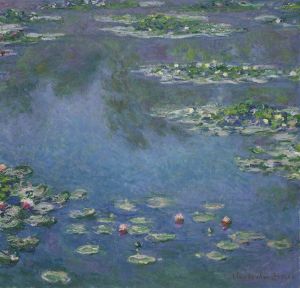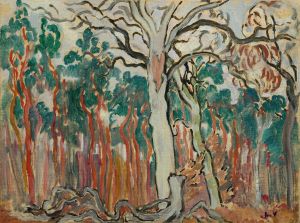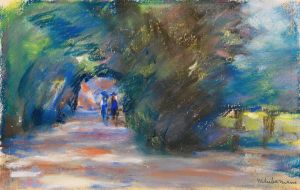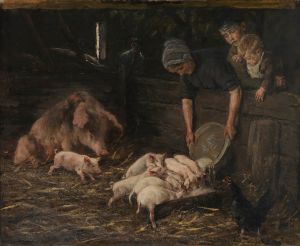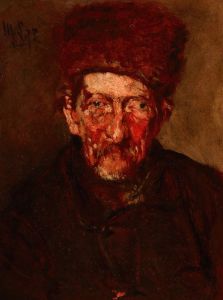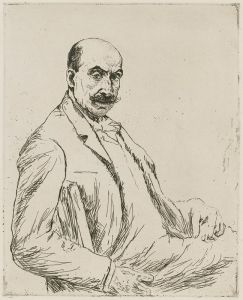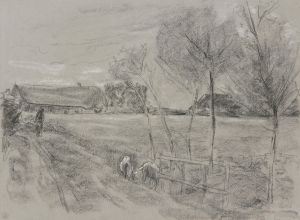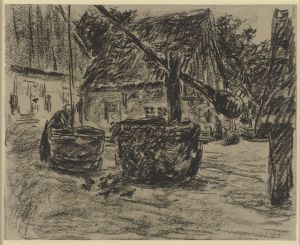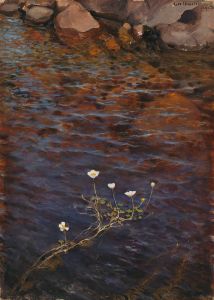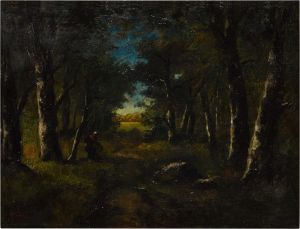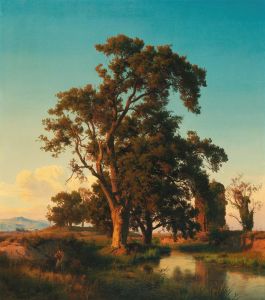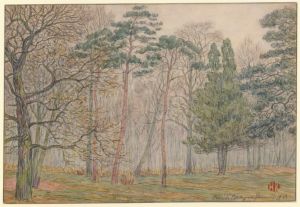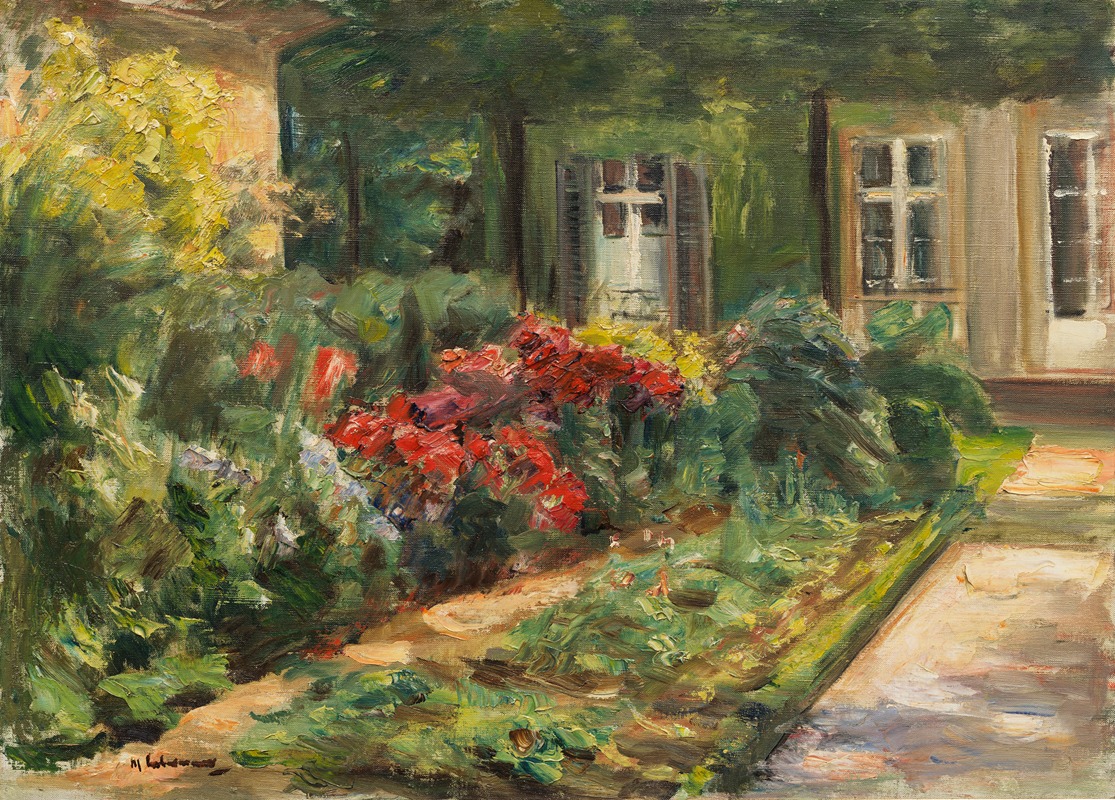
Wannseegarten – Haus mit roten Stauden
A hand-painted replica of Max Liebermann’s masterpiece Wannseegarten – Haus mit roten Stauden, meticulously crafted by professional artists to capture the true essence of the original. Each piece is created with museum-quality canvas and rare mineral pigments, carefully painted by experienced artists with delicate brushstrokes and rich, layered colors to perfectly recreate the texture of the original artwork. Unlike machine-printed reproductions, this hand-painted version brings the painting to life, infused with the artist’s emotions and skill in every stroke. Whether for personal collection or home decoration, it instantly elevates the artistic atmosphere of any space.
Max Liebermann was a prominent German painter and printmaker, associated with the Impressionist movement. His work, "Wannseegarten – Haus mit roten Stauden" (translated as "Wannsee Garden – House with Red Perennials"), is one of the many paintings he created that depict the serene and picturesque surroundings of his summer residence at Wannsee, near Berlin.
Liebermann acquired his villa at Wannsee in 1909, and it became a significant source of inspiration for his art. The villa's garden, in particular, provided a rich tapestry of colors and forms that Liebermann explored in numerous paintings. "Wannseegarten – Haus mit roten Stauden" is a testament to his fascination with capturing the interplay of light and color in natural settings.
The painting showcases Liebermann's adept use of Impressionist techniques, characterized by loose brushwork and a focus on the effects of light. In this work, he captures a view of his garden, highlighting the vibrant red perennials that stand out against the lush greenery. The composition is balanced by the inclusion of the villa, which serves as a backdrop, anchoring the scene in a specific location while allowing the viewer to appreciate the beauty of the garden.
Liebermann's choice of subject matter reflects his deep appreciation for nature and his desire to convey the tranquility and beauty of his surroundings. The garden at Wannsee was meticulously designed, and Liebermann took great pride in its maintenance, often painting en plein air to capture the changing seasons and the transient effects of light.
"Wannseegarten – Haus mit roten Stauden" is part of a broader series of works that Liebermann created during his time at Wannsee. These paintings are celebrated for their vibrant color palettes and their ability to convey a sense of peace and harmony. Liebermann's work during this period is often compared to that of other Impressionist painters, such as Claude Monet, who similarly found inspiration in their gardens.
Throughout his career, Liebermann was a central figure in the Berlin Secession, an art movement that sought to challenge the conservative art establishment in Germany. His work was instrumental in introducing Impressionist techniques and ideas to a German audience, and he became one of the most influential artists of his time.
"Wannseegarten – Haus mit roten Stauden" exemplifies Liebermann's mature style, characterized by a confident handling of paint and a keen eye for the subtleties of natural light. The painting not only reflects his personal connection to his home and garden but also serves as a broader representation of his artistic philosophy, which emphasized the importance of capturing the beauty of everyday life.
Today, Max Liebermann's works, including "Wannseegarten – Haus mit roten Stauden," are held in high regard and can be found in major art collections and museums worldwide. They continue to be studied and appreciated for their contribution to the development of modern art and their enduring appeal.





